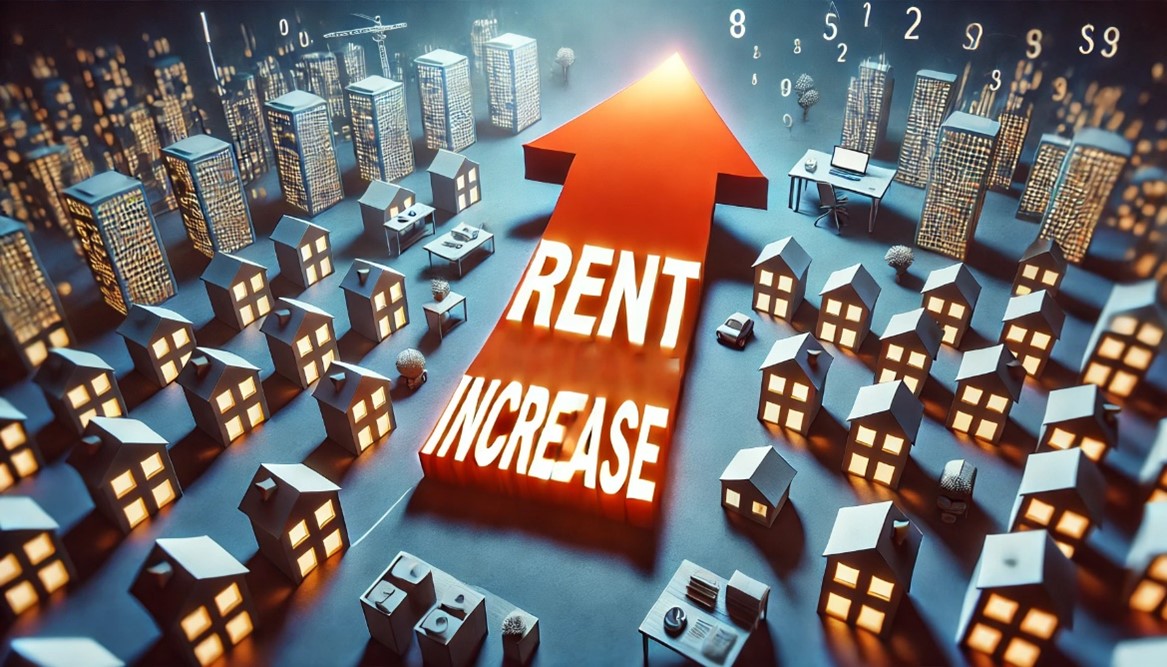The global property market continues to experience significant changes, and one of the most pressing concerns for tenants and property investors alike is the steady rise in rent prices. As we progress through the current economic landscape, several factors contribute to this trend, shaping the dynamics of the rental market.
Why Are Rents Increasing?
- Supply and Demand Imbalance
The persistent shortage of affordable housing remains a primary driver of rent increases. Urban centers, in particular, face high demand as populations grow and more people migrate to cities for job opportunities. However, the supply of rental properties has not kept pace, creating fierce competition among renters and driving prices upward. - Rising Construction and Maintenance Costs
Developers and property owners face escalating costs for raw materials, labor, and compliance with stricter environmental regulations. These increased expenses are often passed down to tenants in the form of higher rents, particularly in newly constructed or renovated properties. - Inflation and Economic Pressures
Inflation impacts every sector, and real estate is no exception. As the cost of living rises, landlords adjust rents to cover their own increasing expenses, including mortgages, taxes, and maintenance. In some cases, rent hikes are also influenced by landlords seeking to align with market rates in competitive areas. - Shift in Housing Preferences
The pandemic reshaped housing preferences, with many renters seeking larger spaces, home offices, or properties in suburban and rural areas. This shift created new demand hotspots, leading to rent surges in previously affordable locations.
Impact on Renters and the Market
For renters, rising rents strain household budgets and reduce disposable income. Many families are forced to downsize, move to less desirable locations, or allocate a larger portion of their income to housing. This trend widens the gap in housing affordability and exacerbates socio-economic inequalities.
For property investors, however, the rental market presents lucrative opportunities. High demand and limited supply ensure steady rental income, making real estate an attractive investment option.
What Can Be Done to Address Rent Increases?
- Government Policies and Regulations
Governments can play a pivotal role by implementing rent control measures, offering subsidies for affordable housing projects, and incentivizing the development of rental properties. Streamlining zoning laws and reducing bureaucratic hurdles can also accelerate the construction of new housing units. - Public-Private Partnerships
Collaborations between governments, non-profits, and private developers can lead to innovative housing solutions. These partnerships can focus on creating affordable rental units and addressing the housing needs of low- and middle-income households. - Tenant Support Programs
Providing financial assistance, such as rental vouchers or tax credits, can help tenants cope with rising rents. Additionally, educating renters about their rights and available resources empowers them to make informed decisions. - Sustainable Development
Promoting sustainable and cost-efficient construction methods can reduce the financial burden on developers, ultimately leading to more affordable rental options. Modular construction, energy-efficient designs, and the use of alternative materials are promising approaches.
Looking Ahead
The rental market is poised for continued evolution, with rent prices likely to remain high in the near term. However, proactive measures from policymakers, developers, and communities can mitigate the challenges and create a more balanced and inclusive housing landscape. For renters, staying informed and exploring all available options will be key to navigating this dynamic market.
Whether you’re a tenant, landlord, or investor, understanding the factors driving rent increases and potential solutions can help you adapt to the changing real estate landscape.



